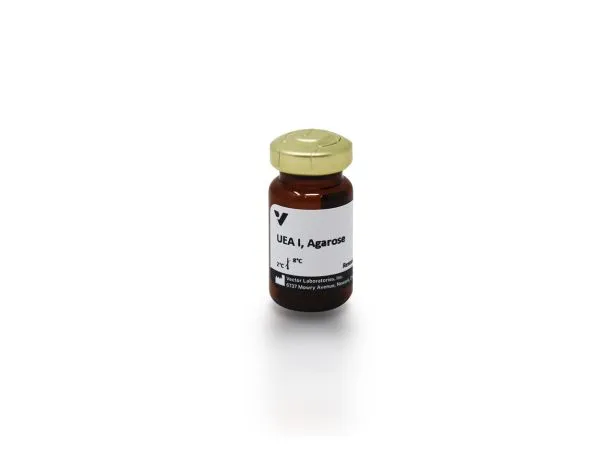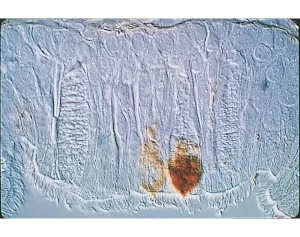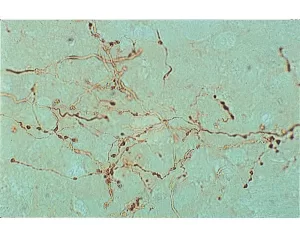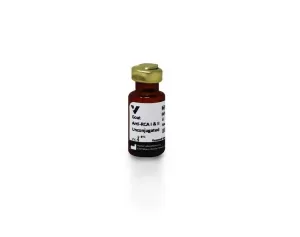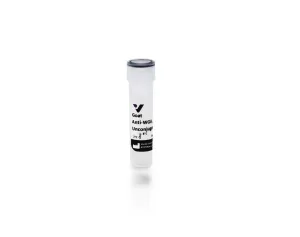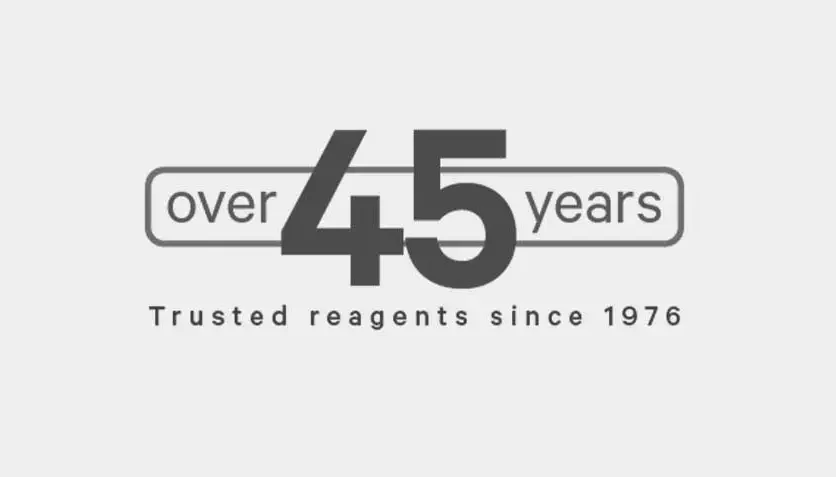Our agarose lectin products are supplied as hydrated matrix solutions in amber glass bottles. The agarose (bead) material will settle and you will see two phases in the tube supplied. The upper phase is buffer. A column can be prepared in a commercial plastic device such as Bio-Rad Cat # 732-6008 or an inverted Pasteur pipet with glass wool lightly packed in the neck to retain the agarose. 1) Draw (pipet) the desired amount of settled agarose-lectin (gel) from the stock bottle into the prepared column and let the buffer drain by gravity.(Sometimes an air bubble in the column tip prevents flow; tapping the column should get the flow started). 2) Wash the gel with 10 column volumes of buffer, such as HBS (10 mM HEPES, 0.15 M NaCl, pH 7.5) and discard the flow through. 3) Place a collection vessel (e.g. glass test tube) under the column tip and apply the glycoprotein-containing solution.Allow the solution to drain through using gravity. We recommend against pushing or pulling the material through the column. Retain the flow through material until the desired binding has been confirmed. 4) After sample application, wash column with 2-3 column volumes of buffer (or until the absorbance at 280nm is reduced to a satisfactory level) to remove unbound materials before elution. 5) Place a fresh collection vessel under the column tip.Apply the eluting solution again letting gravity do the work of moving the solution over the column. Note that in some cases, several column volumes of eluting solution may be required to achieved adequate release of bound material. 6) Following elution, the column can be prepared for reuse by washing with 10 column volumes of buffer. 7) If the column is to be stored, equilibrate the column with buffer containing 0.08% sodium azide. Cover the column with a plastic wrap, or similar, to prevent desiccation and keep at 4 degrees Celsius. The column will be stable for many months when stored under these conditions.

